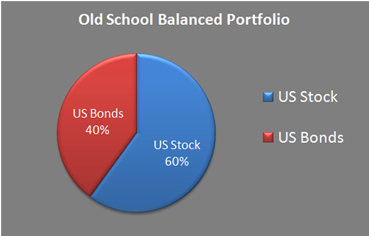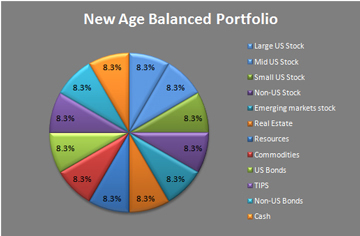Steve Romick's discussion of this development.From FPACX fund's latest letter to shareholders.
"With yields remaining artificially low, we observe zero interest-rate policy perverting capital allocation decisions. Money continues to flow around the globe in a quest for yield, instigating a continued rise in risk assets.
Many who have been accustomed to the lower risk of high-grade bonds and Treasuries are now finding themselves looking elsewhere. There is no better example of this than the first six months of this year when global stock
markets, high-yield bonds, gold, oil and long-dated Treasury bonds all saw their value increase in chorus, a real rarity. As yields have declined, the expectations and spending needs of investors appear to have remained constant,leading them to assume additional risk in varied asset classes around the world. Whereas many past bull-market
rallies have been greed-based, this one seems more need-based.
The U.S. isn’t alone in keeping rates low. Many countries continue to harbor deflation fears. Japan is still below its inflation target. EU countries have just marginal inflation and it wouldn’t take much to tip them into
deflation. Some EU countries like Greece and Portugal are already suffering from outright deflation. As a result,
the EU overnight rate is now a negative 0.1%, which means it costs banks to keep money on deposit with the 3
European Central Bank (ECB). Its main lending rate is now down to just 0.1
5%. It’s hard to argue that such low
rates wouldn’t affect an investment decision.
With slow growth and low inflation (and fear of deflation) plaguing most developed economies, it’s hard
to see the current easy-money regime ending any time soon. For it to end, the Fed must first slow its buying, then stop buying and then either liquidate or roll the assets they’ve purchased. It appears that we have a ways to go before they aren’t accommodative — unless their hand is forced. The U.S. is increasingly on its own in financing
its deficits, with foreigners having largely stepped out of the U.S. Treasury market.
If we need financing assistance
from our trading partners, then we might need higher interest rates to get them to step up their Treasury buying.
Or, the Fed could always reverse course on the QE taper and continue to self-finance. Or, the current account balance shrinks, thereby requiring less funding, with either exports and the economy growing, or imports and the economy shrinking. That’s a lot of “oars” needed to keep the boat moving — which begs some degree of caution.
http://www.fpafunds.com/docs/quarterly-commentaries-crescent-fund/2014-q2-crescentBD9EEAFAF16B.pdf?sfvrsn=4
